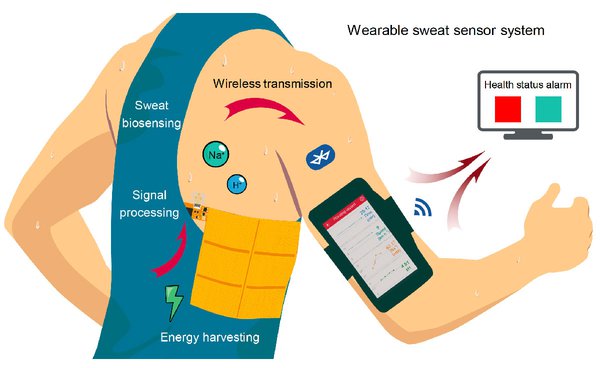Did You Know the Benefits of Detectable Warning on Surfaces

What is a detectable warning surface?
Insignificant pattern of routes, detected by a specific surface pattern by use of a cane or a tread that people with vision impairment can use to access streets and dangerous drops. They are used to indicate the limits of pedestrian and vehicular roads where there is a red line instead of a checked connection. The warning notices also indicate exposed dripping along the edges of the boarding boards at the crossing stations and barriers.
The detectable warning tiles are manufactured from a vitrified diamond polymer composite and filled with high strength polymer concrete to make the touch system incredibly dense, durable and strong.
Some of the benefits of detectable warning surface include:
More than a million people across the globe are visually impaired, and within that number, 36 million people are blind according to the World Health Organization in October 2018. We clearly need accessibility in our communities.
The detectable warning surface can help prevent both bodily and physical harm. These surfaces are erected for pedestrians, runners and individuals with disabilities around changes in the environment such as intersections, cross walks, bus stations and even in the train stations.
The real goal of detectable warning surfaces is to continue to create a more transparent and safe space for all pedestrians, specifically for those who live with disabilities, but also for those who choose to walk or bike to their places.
The benefits of detectable warning surfaces include:
They bring public accessibility
Basically, the tiles are used to make a more accessible space, allowing the visually impaired to walk around public spaces safely and confidently.
Wayfinding
Large, open spaces can be difficult for all members of the public to navigate. Truncated dome tiles are used with bars found on the road to make it easy to follow the road, directing pedestrians to key areas, such as tables or bank elevator services. For the non-visibly impaired, this route can also be beneficial, as it provides a visual route through the distance.
Ease of mobility
The cautiously designed space between the truncated domes allows for strollers, walkers and even wheelchairs and other mobility aids to easily navigate through the tile. The trunks themselves protrude from the ground just enough to feel comfortable enough to be stepped on, without tripping over the hazard.
Improve Pedestrian Safety
Not only do the tiles increase safety for the visually impaired, but detectable surface warnings help improve safety for all pedestrians.
Non-Slip Surface
The tiles come equipped with a high density micro texture that creates exceptional slip resistance in all conditions. This non-slip helps prevent slips and accidents especially during the rainy season conditions, making sidewalks safer for all users using it.
Final words
To sum it up, detectable warnings on tiles and surfaces are created to help individuals with disabilities walk in busy streets safely. The detected tiles are designed with noticeable bumps to provide tactile feedback of all abilities.






